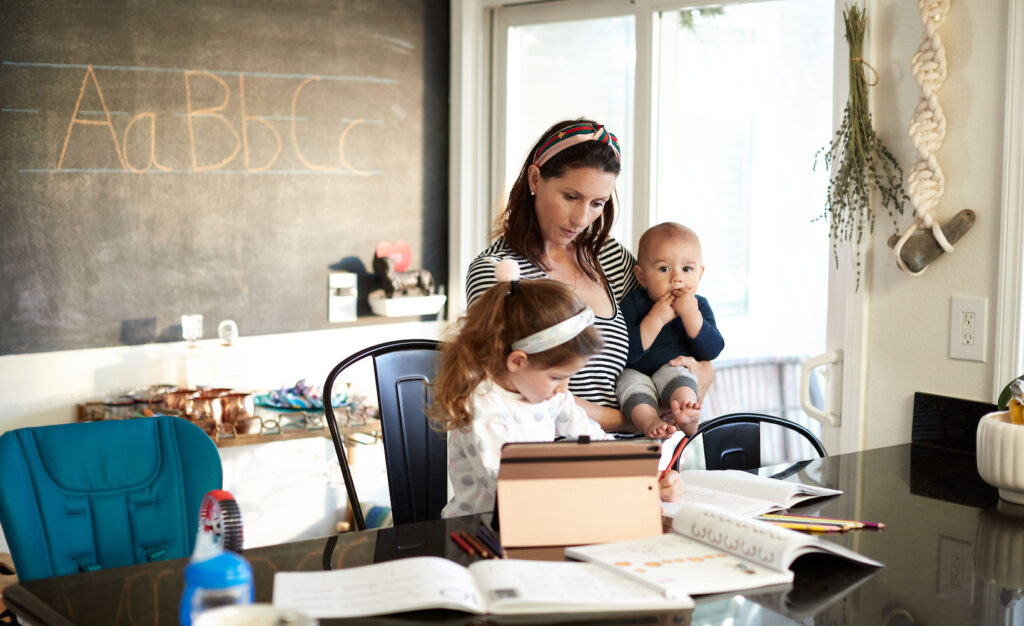California homeschooling up 78% as parents seek better education alternatives
(The Center Square) – Homeschooling in California increased by 78% in the five years between the start of the 2017 and 2022 school years, according to a new analysis from the Washington…

(The Center Square) – Homeschooling in California increased by 78% in the five years between the start of the 2017 and 2022 school years, according to a new analysis from the Washington Post.
This analysis follows a report from earlier in October from the California Department of Education that found that most of the state’s public school students do not meet basic math, science and literacy standards, suggesting the state’s public school system is in a state of major crisis.
The Post analysis’ authors noted that “home schooling’s surging popularity crosses every measurable line of politics, geography and demographics,” and that there was “found no correlation between school district quality, as measured by standardized test scores, and home-schooling growth,” upending narratives that home-schooling is primarily for wealthy or religious families.
This significant increase in homeschooling corresponds with six years of enrollment declines in California’s public schools that the Public Policy Institute of California says is propelled by outmigration to more affordable states, declining birth rates, and growth of homeschooling and private school education.
These changes, the PPIC says, will result in a major fiscal challenge for the state’s public education system that will force significant restructuring and/or the issuing of further debt.
“As districts lose students—and as one-time federal stimulus funding comes to an end and state revenues decline—difficult downsizing decisions will become necessary,” concluded the PPIC in its report.
California Policy Center Vice President of Government Affairs Lance Christensen, who was elected to his local school board and whose children are in the public school system, suggested the increase in homeschooling is driven by parents having witnessed the state of public education during remote learning, realized how they can use technology to use low-cost education alternatives, and use extra-curricular activities to keep their children socialized and engaged.
“The parents have seen what’s actually being done in the classroom or not being taught in the classroom and have felt like they could do a better job themselves,” Christensen said to The Center Square. “Technology has made it such that going to a government brick and mortar building is not necessary any more to give your kid a high quality education and parents are figuring out ways to make it work.”
“I think for a lot of homeschool parents they see the so-called socialization at public schools and they want nothing to do with it,” said Christensen when asked about the state of classroom learning at public schools. “There is a lot more bullying at schools. The state legislature has now passed these willful defiance laws getting rid of suspension or real discipline for kids who act out, so most parents see it as a negative to send their kids to public school.”
The California Department of Education acknowledged to The Center Square’s media inquiries but did not provide a statement by the time of publication.



